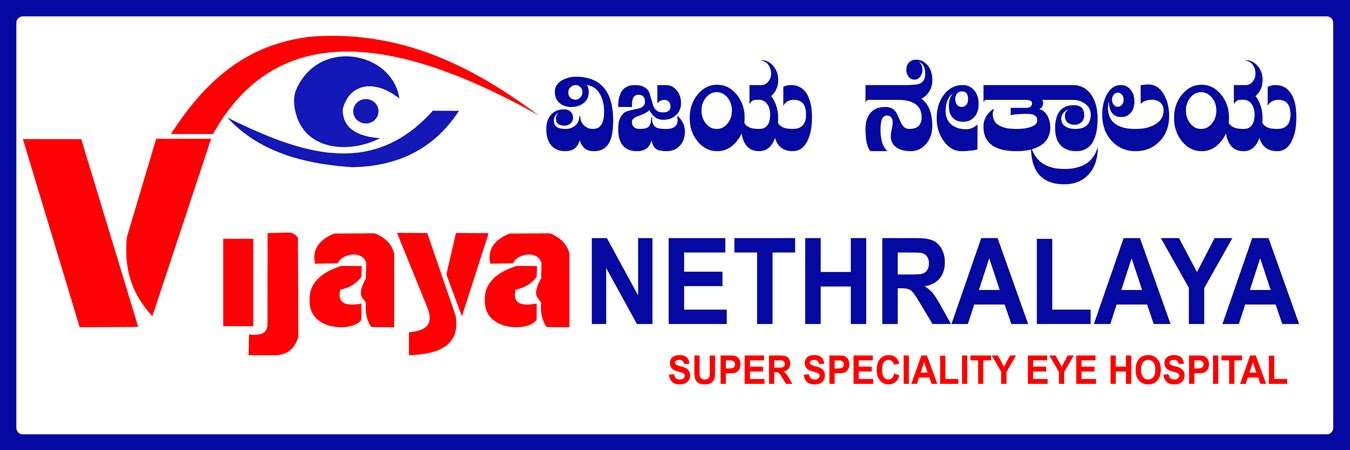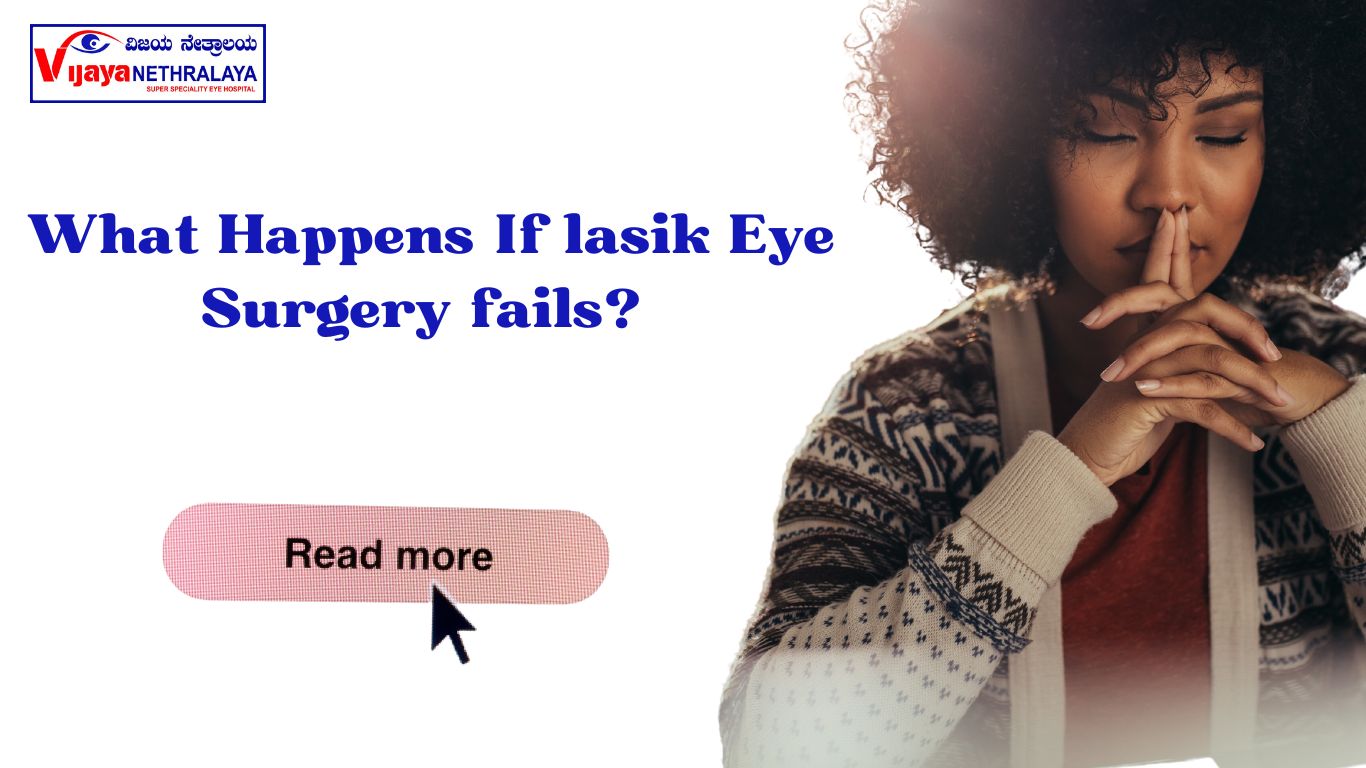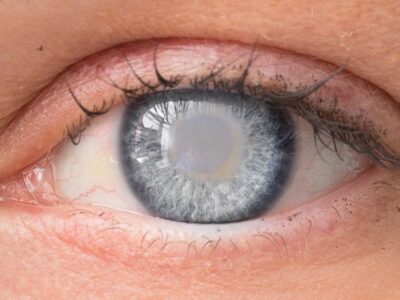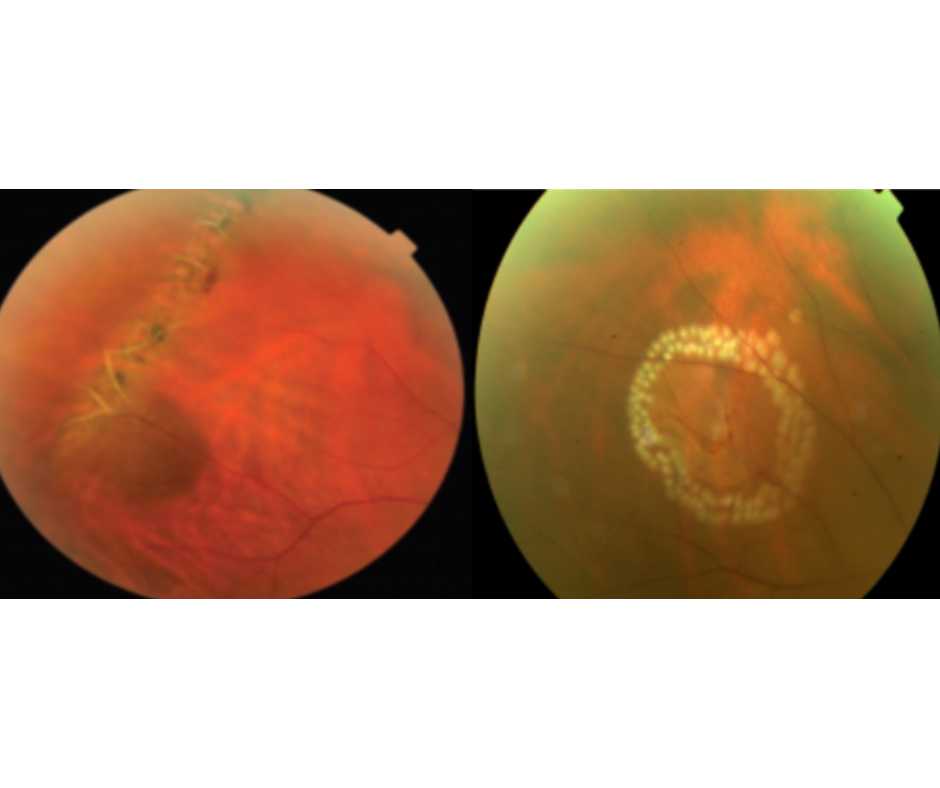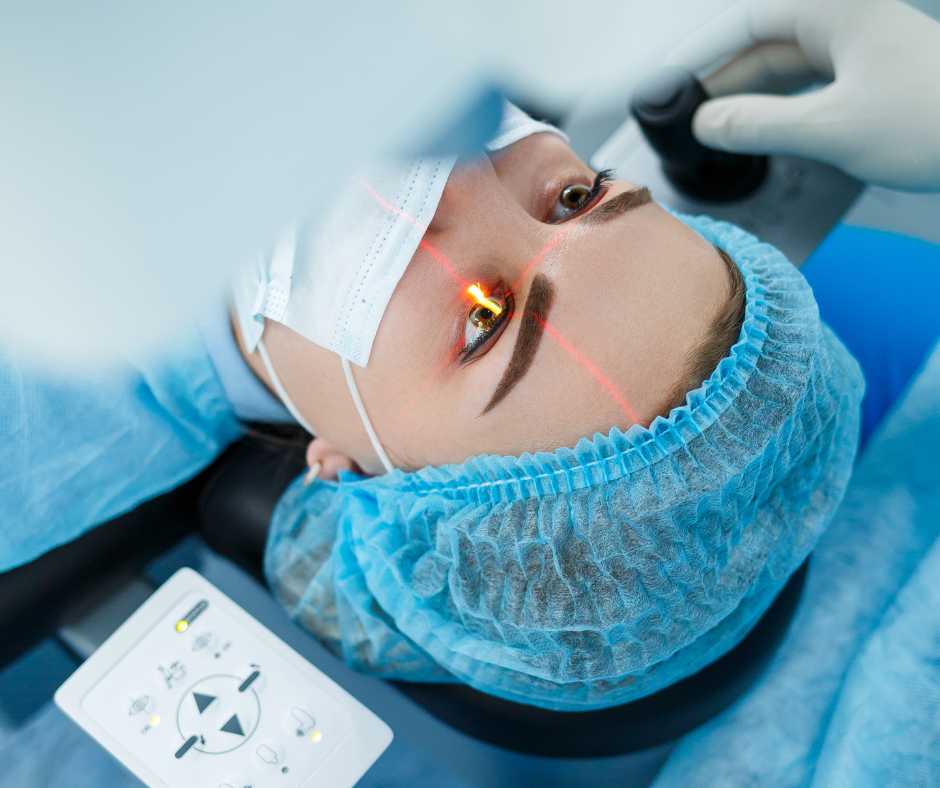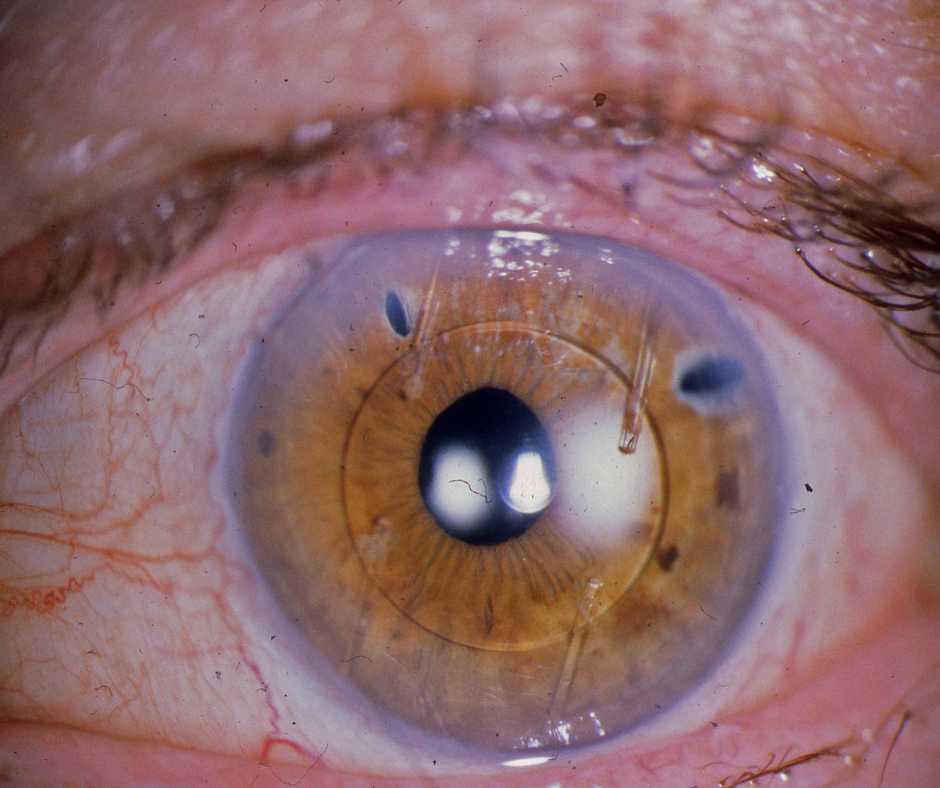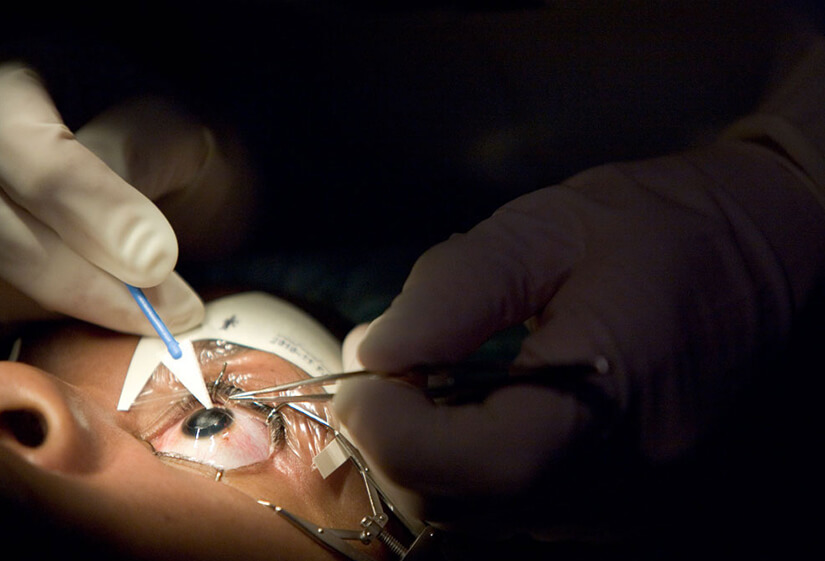Introduction:
LASIK (Laser-Assisted in Situ Keratomileusis) eye surgery has become one of the most popular and effective methods for correcting vision problems such as nearsightedness (myopia), farsightedness (hyperopia), and astigmatism. Since its introduction in the late 20th century, millions of people worldwide have undergone the procedure, experiencing life-changing improvements in their vision. lasik eye surgery last For individuals who rely on glasses or contact lenses, LASIK offers a chance to break free from corrective eyewear and gain freedom in their daily lives.
In this comprehensive guide, we will explore the history of LASIK, the procedure itself, its benefits and risks, the recovery process, long-term results, and answer some frequently asked questions. By the end of this article, you should have a clear understanding of LASIK surgery, and whether it might be a suitable option for improving your vision.
What is LASIK Surgery?
- Sure! Here’s the revision in active voice:
- Myopia (Nearsightedness): A condition where you see nearby objects clearly, but distant objects appear blurry.
- Hyperopia (Farsightedness): A condition where you see distant objects clearly, but close objects appear blurry.
- Astigmatism: A refractive error caused by an irregularly shaped cornea, leading to blurry or distorted vision at all distances.
The procedure involves reshaping the cornea—the clear, dome-shaped surface at the front of the eye—using a laser. This reshaping helps to properly focus light onto the retina, which is the light-sensitive tissue at the back of the eye. When the light is properly focused, it results in clearer vision.
The History of LASIK
The journey of LASIK eye surgery began with the development of techniques to reshape the cornea. In the early 1970s, Dr. José Barraquer, a Colombian ophthalmologist, introduced the concept of corneal reshaping through a technique called “keratomileusis.” This process involved removing a thin layer of tissue from the cornea, reshaping it, and then reattaching it. While this procedure broke new ground, it proved complicated and had limitations.
In the late 1980s, two researchers, Dr. Lucio Buratto in Italy and Dr. Stephen Brint in the United States, developed a more refined technique, which eventually led to LASIK surgery. The LASIK technique used excimer lasers, which are able to remove precise amounts of corneal tissue without affecting surrounding areas. The invention of these lasers was a crucial milestone in the development of LASIK surgery.
By the early 1990s, LASIK had gained popularity as a safe and effective alternative to traditional corrective eyewear methods. Over the years, LASIK technology has continued to evolve, becoming more precise, faster, and accessible to a wider range of patients.
How LASIK Surgery Works
LASIK is an outpatient procedure that generally takes less than 30 minutes for both eyes. It is typically performed under local anesthesia in the form of eye drops, so the patient remains awake during the procedure but feels no pain. Here is a step-by-step breakdown of how the LASIK procedure works:
- During preparation, the surgeon numbs the patient’s eye with anesthetic eye drops to prevent discomfort. They use a special instrument called a lid speculum to keep the eyelids open during the surgery.
- Creating a Flap: The surgeon uses a precise microkeratome or femtosecond laser to create a thin, hinged flap on the surface of the cornea. This flap is gently lifted, exposing the underlying corneal tissue.
- Reshaping the Cornea: The surgeon uses an excimer laser to remove tiny amounts of corneal tissue in a precise pattern, reshaping the cornea. The computer-controlled laser adjusts the amount of tissue removed based on the specific vision correction required.
- Repositioning the Flap: Once the cornea is reshaped, the surgeon carefully repositions the flap without using stitches.The flap adheres to the underlying tissue naturally and begins to heal almost immediately.
- Post-Procedure: The patient is monitored for a short period and can typically go home within an hour. Most patients experience significant improvement in their vision right away, although it may take several days for the full effects to become apparent.
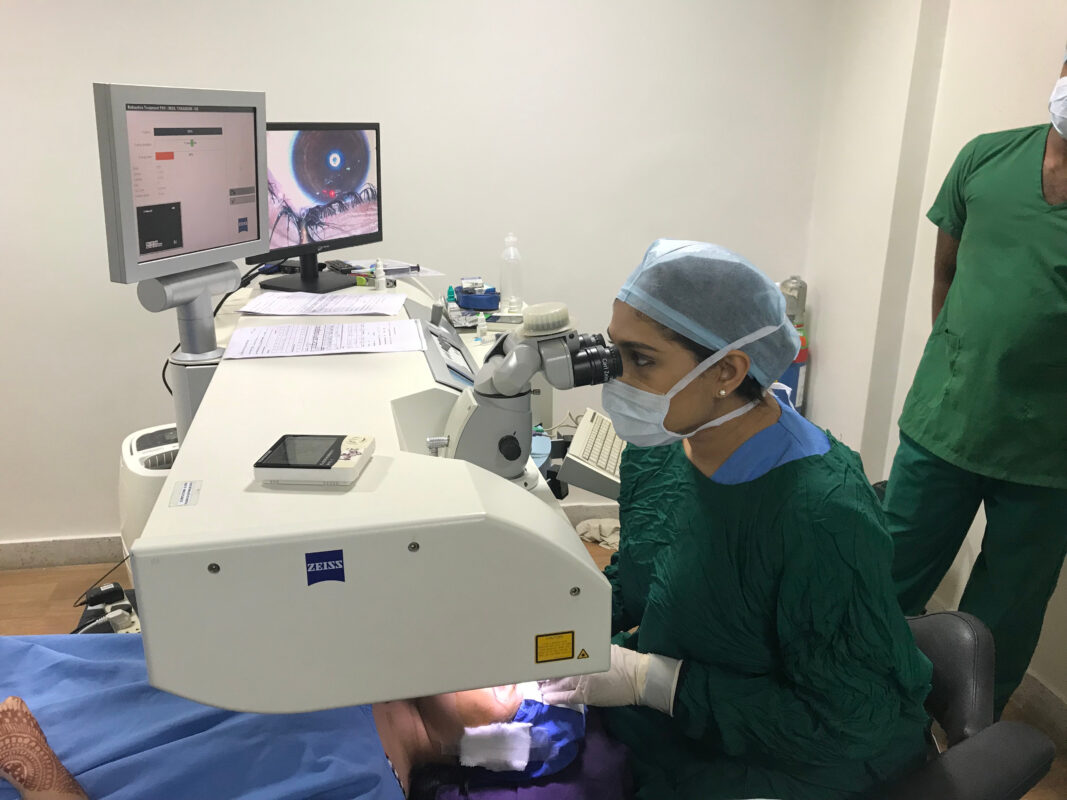
Benefits of LASIK Surgery
LASIK offers several advantages over traditional vision correction methods like glasses and contact lenses:
- Freedom from Glasses and Contacts: The most obvious benefit of LASIK is the potential to eliminate the need for corrective eyewear. Many people report that after LASIK, they no longer need glasses or contacts to perform daily activities.
- Quick and Painless: LASIK is a relatively quick procedure, typically taking less than 30 minutes. Most patients experience little to no pain during or after the surgery. With modern techniques, the recovery time is also minimal.
- Long-Lasting Results: For many patients, LASIK offers permanent vision correction. Once the cornea is reshaped, it typically stays that way for years. Some people may experience slight changes over time due to aging, but for most, the results are stable.
- Improved Quality of Life: With better vision, many LASIK patients find they can participate in activities they may have avoided due to poor eyesight, such as swimming, sports, or traveling without the hassle of glasses or contacts.
- Low Risk of Complications: LASIK is considered a safe procedure with a low complication rate. Most patients experience no serious side effects, and the risk of infection or other complications is minimal when the procedure is performed by an experienced surgeon.
Risks and Potential Side Effects
Although LASIK is generally safe and effective, it is important to consider the potential risks and side effects:
- Dry Eyes: One of the most common side effects after LASIK surgery is dry eyes. This condition is temporary for most people, but some may experience chronic dry eyes requiring ongoing treatment.
- Visual Disturbances: Some people may experience visual disturbances such as halos, glare, or double vision, particularly at night. These symptoms often resolve over time, but in some cases, they may persist.
- Undercorrection or Overcorrection: In some cases, LASIK may not fully correct vision, leading to the need for a touch-up procedure. Conversely, an overcorrection can result in new vision issues.
- Flap Complications: Although rare, complications can occur with the corneal flap, such as it not healing correctly or becoming dislodged. This is why it is important to follow all post-operative care instructions carefully.
- Not Suitable for Everyone: LASIK may not be appropriate for individuals with certain conditions, such as very thin corneas, severe dry eyes, or unstable vision. A thorough pre-operative evaluation is necessary to determine candidacy.
The Recovery Process
The recovery process after LASIK surgery is generally fast and straightforward:
- First Few Hours: After the procedure, patients typically experience some mild discomfort, such as a sensation of having something in the eye. This can be alleviated with prescribed eye drops. Vision may be blurry immediately following the surgery.
- First Few Days: Most people notice an improvement in their vision within the first 24-48 hours. Some may experience mild side effects like dryness, sensitivity to light, or fluctuating vision, which usually improve over the next few days.
- First Few Weeks: The corneal flap heals quickly, and any discomfort or irritation should subside. Patients are advised to avoid rubbing their eyes, swimming, or participating in strenuous activities for a few weeks.
- Follow-up Appointments: Patients typically have follow-up appointments with their surgeon within the first week after surgery, and then at regular intervals during the first few months. These appointments allow the surgeon to monitor healing and ensure that the desired vision correction is achieved.
Long-Term Results of LASIK
The results of LASIK surgery are usually long-lasting, with many people experiencing clear vision for 10 years or more. However, there are some factors that can affect the longevity of LASIK:
- Age-Related Vision Changes: As people age, they may develop presbyopia (difficulty focusing on close objects), which can affect their vision even after LASIK. In such cases, reading glasses or additional procedures may be needed.
- Changes in Refractive Error: In some cases, a person’s vision may change over time due to factors like hormonal changes, pregnancy, or other health conditions. If a person’s refractive error changes significantly, a touch-up procedure (enhancement) may be necessary.
- Long-Term Eye Health: The health of the eyes over the years is another important factor. Conditions like cataracts or glaucoma can affect vision, regardless of whether LASIK was performed earlier in life.
Is LASIK Right for You?
The decision to undergo LASIK surgery is a personal one, and it is important to consult with an experienced ophthalmologist to determine whether you are a suitable candidate. Some factors to consider include:
- Age: LASIK is typically recommended for people over the age of 18, as the eyes should be fully developed by then.
- Stable Vision: Your prescription should be stable for at least a year before undergoing LASIK.
- Health: Certain conditions such as severe dry eyes, cataracts, or corneal disease may disqualify you from LASIK.
- Expectations: It’s important to have realistic expectations about the results. While LASIK can significantly improve vision, it may not achieve perfect vision for every patient.

Conclusion:
LASIK eye surgery has revolutionized the way people approach vision correction. With its high success rate, fast recovery, and long-term benefits, LASIK is an appealing option for those who want to reduce or eliminate their dependence on glasses and contact lenses. However, as with any surgical procedure, it is essential to weigh the risks and potential side effects before making a decision.
If you’re considering LASIK, consult with a qualified ophthalmologist to determine if the procedure is right for you. With the right candidate, LASIK can be life-changing, offering the gift of clearer, more convenient vision for years to come.
Author Details:
Dr. Sushruth Appajigowda holds a prominent position as a Cornea, Cataract, Glaucoma, and LASIK Surgeon in Bangalore. He serves as the chief Cataract and Refractive surgeon at Vijaya Nethralaya Eye Hospital, Nagarbhavi Bangalore. Renowned as one of the finest LASIK surgeons nationwide, he brings with him over 12+ years of experience across multiple LASIK platforms, including ZEISS, ALCON, SCHWIND, AMO, and Bausch and Lomb. Having successfully conducted over 5000 LASIK procedures, Dr. Sushruth holds the title of a Certified Refractive Surgeon and a Fellow of the All India Collegium Of Ophthalmology. Furthermore, he stands as a distinguished speaker at various National and International Forums, using his expertise to guide you in selecting the most suitable procedure based on your health requirements.
Dr sushruth Appaji gowda
